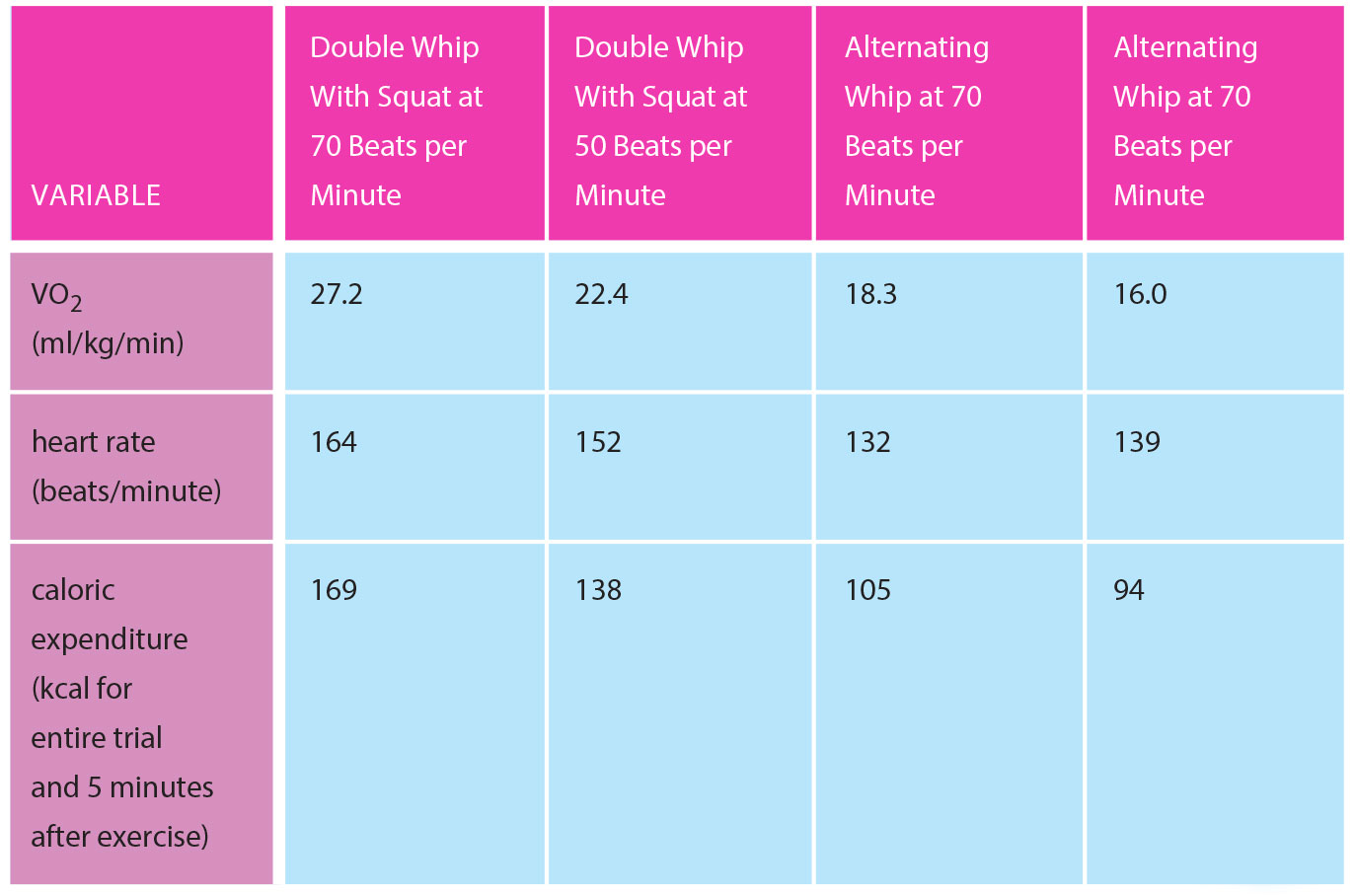
How Effective Is Battle Rope Training for Improving Cardiorespiratory and Muscular Fitness?
Every year, the science of sports medicine gets better at determining the effectiveness of specific exercise programs—a point made clear at the latest annual meeting of the American College of Sports Medicine.
ACSM’s 62nd annual meeting, held in May 2015 in San Diego, brought together thousands of professionals from around the globe in more than 70 disciplines to exchange research, present new clinical techniques and share scientific advancements in public health, physical activity, sports medicine and exercise science. This article covers just one of six studies reviewed. To read all of them, see “Six Takeaways From the ACSM Annual Meeting” in the online IDEA Library or in the September 2015 print issue of IDEA Fitness Journal. One of the topics the column explored the effectiveness of battle rope training, summarized here.
The study:
The Energy Cost of Battle Rope Exercise. J. Verdisco et al., Adelphi University, Garden City, New York.
Methodology:
Battle rope (BR) training is very popular in personal training and small-group training programs. BRs generally range from 1 to 2 inches in diameter and are approximately 30–50 feet long. BR workouts typically involve wrapping a single BR around a fixed anchor point. Thus, a 50-foot battle rope means the exerciser has 25 feet in each arm.
There is little published data on the physiological responses to this type of training. Investigators on this research team recruited 14 college students (7 men and 7 women; average age 22) to perform two BR movements: alternating whip (also called alternating waves) and double whip (also called double waves) with simultaneous squats. Both BR exercises were performed at different cadences (50 and 70 beats per minute). Each trial consisted of 10 sets of 30 seconds of work (to a metronome) followed by 60 seconds of recovery (total trial length: 14 minutes) using a 40-foot rope with a 1.5-inch diameter.
Results are summarized below in average values:
The researchers concluded that BR exercise provides a moderate energy expenditure stimulus that appears to elicit a slightly disproportionately high heart rate response because of the intense involvement of the upper body.
Take-home message:
BR training, as a component of a total-body workout, provides a meaningful intervention for improving weight loss results and a moderate stimulus for cardiovascular fitness. Many more exercises with BRs can be performed and need to be quantified for their physiological and metabolic values.
To read more about the other topics explored at ACSM this year, please see “Six Takeaways From the ACSM Annual Meeting” in the online IDEA Library or in the September 2015 print issue of IDEA Fitness Journal. If you cannot access the full article and would like to, please contact the IDEA Inspired Service Team at (800) 999-4332, ext. 7.
